Title
Content
Title
Content
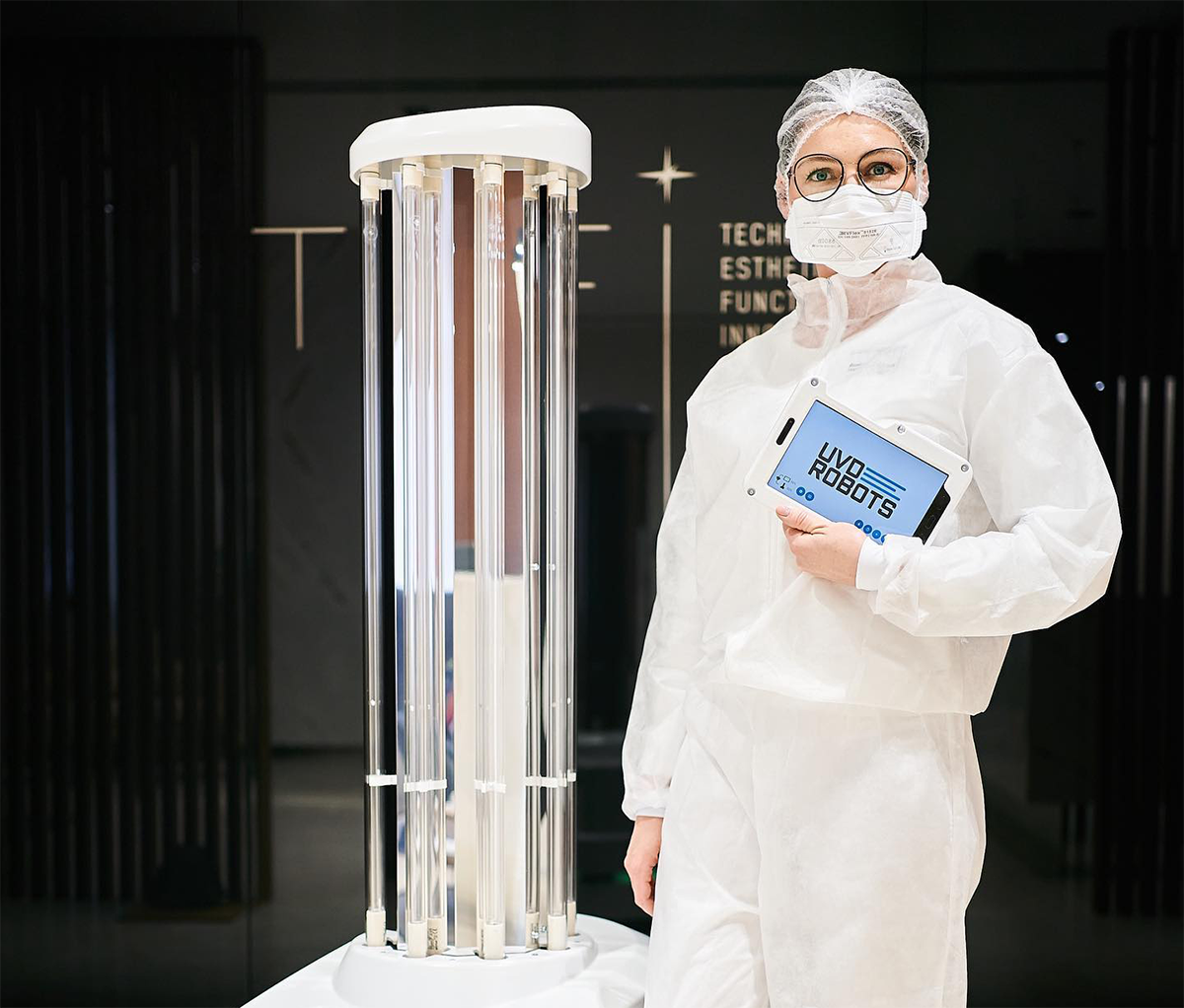
According to CDC, oncology unit patients are among the most susceptible patients to infection. Their susceptibility is attributed to their medical conditions and likelihood of being immunocompromised. In fact, cleaning procedures for oncology patients often center around infection control because patient immune systems are suppressed due to cancer-related medical treatments.
Despite advances in oncology care, infections remain a major cause of morbidity and mortality among cancer patients. Infection prevention remains a priority for their care, which is why our UVD Robots are designed to help oncology units reach higher levels of disinfection.
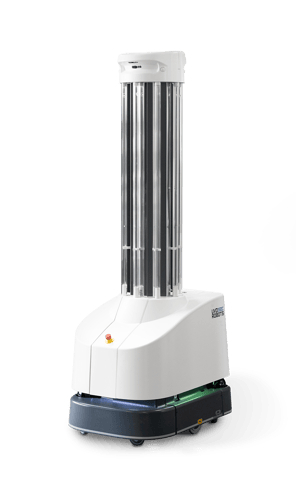
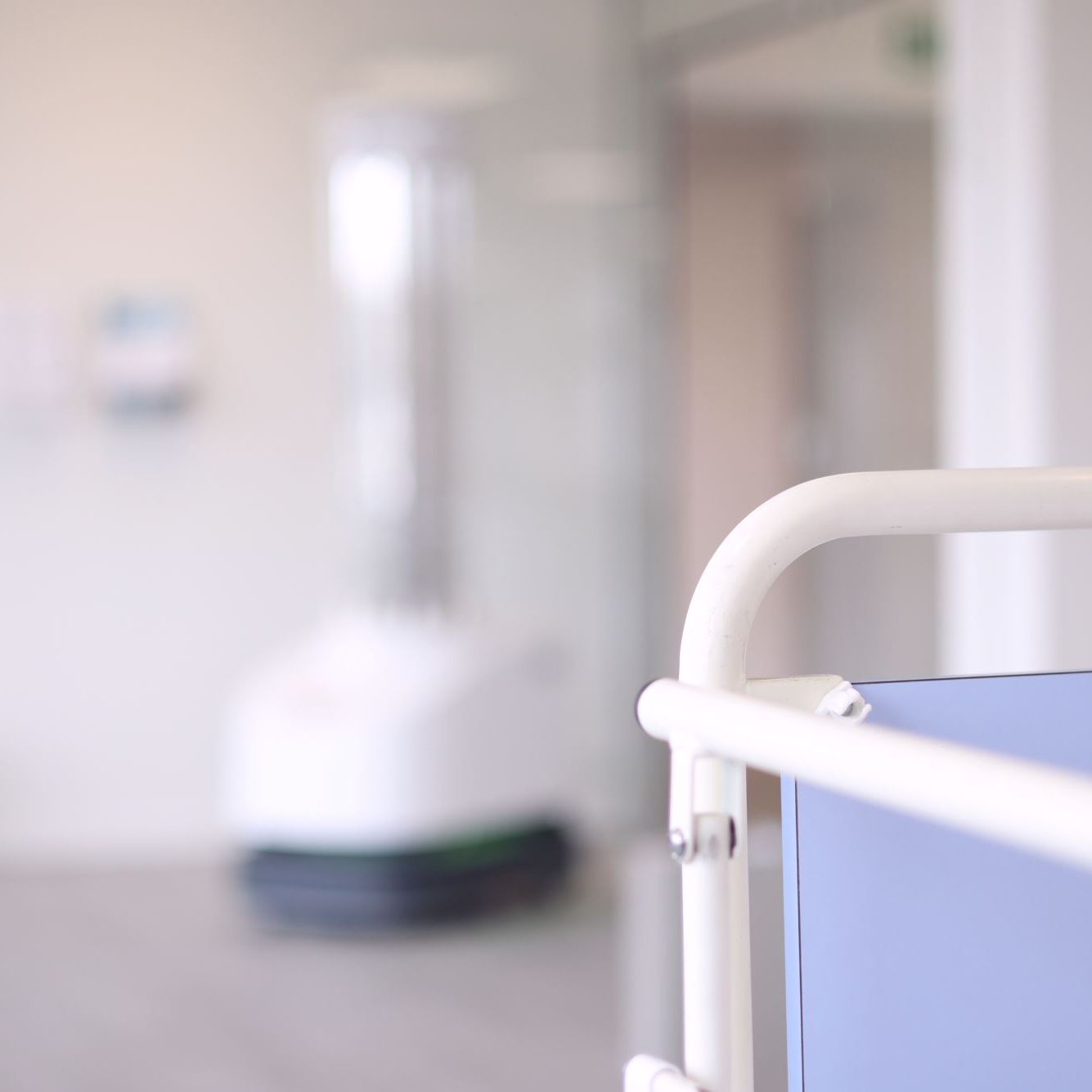
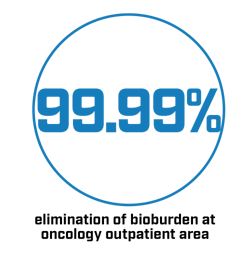
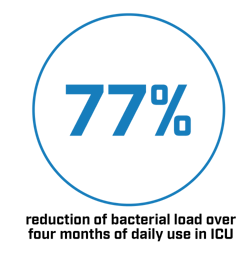
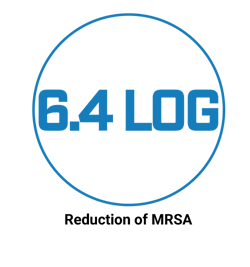



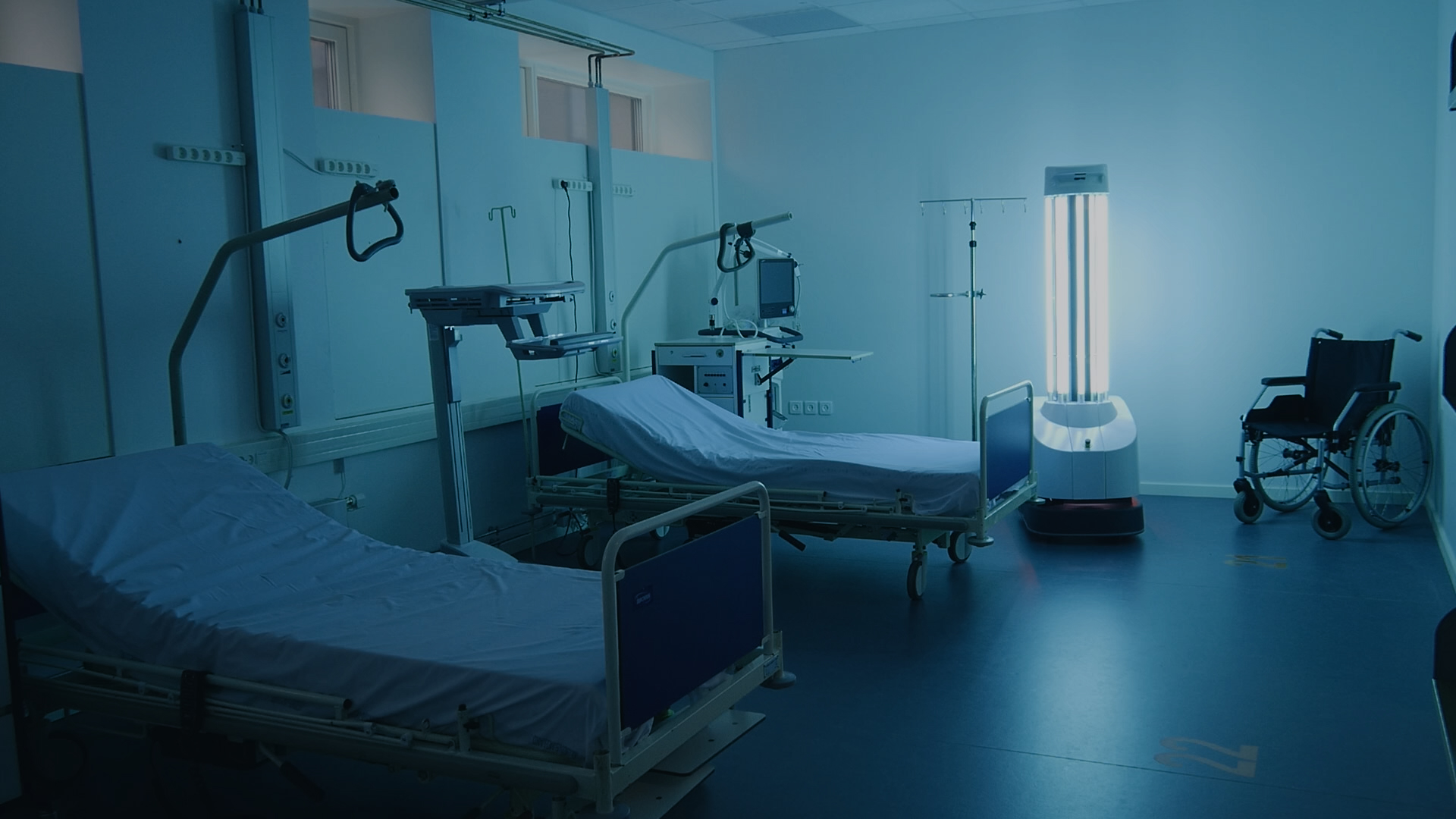
Even though oncology units have implemented thorough and strict environmental cleaning procedures, our autonomous UV-C disinfection robot can help these units reach even higher levels of disinfection. This minimizes patients’ exposure to bacteria, viruses, and other microbes while maximizing available staff time.
Organic materials are most effectively inactivated through disinfection. Therefore, it is necessary for these environments to undergo thorough disinfection processes. To accomplish this efficiently, it is best to use a two-step process. Use of a cleaner is recommended first, followed by using disinfection products like our UVD Robots.
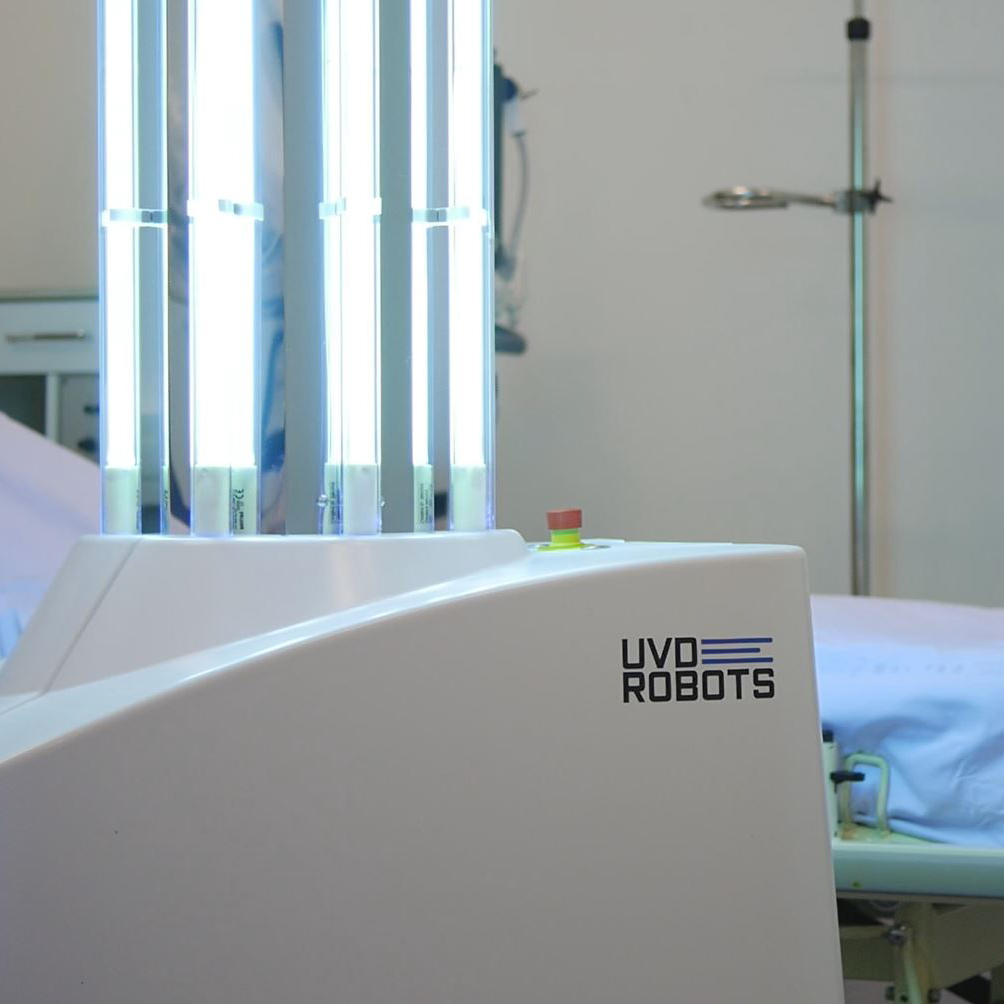
UVD Robots are autonomous units that apply sufficient amounts of UV-C light to all surfaces. This helps to minimize surface organism load, which is critical to disinfection procedures. In this way, UVD Robots can serve as an integral part in reaching environmental cleaning standards.
When UV-C light is applied, it kills living bacteria and inactivates viruses. This is because it irradiates RNA and DNA strands, breaking cells down on a molecular level. UV-C germicidal irradiation peaks at 254 nm wavelength and has been found to be effective in decreasing risk of transmitting multidrug-resistant organisms.
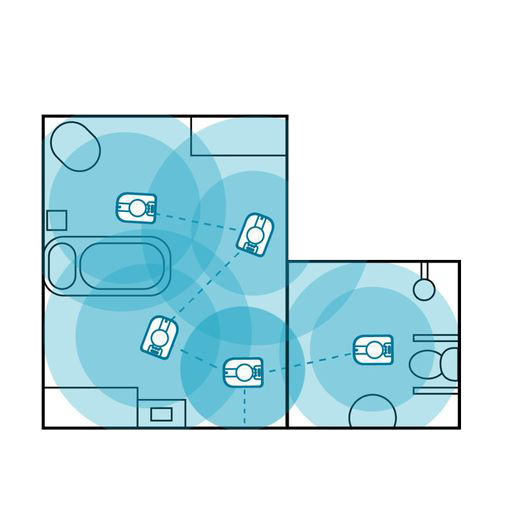
UVD Robots are autonomous, maneuvering on carefully designated routes mapped for the specific disinfection purposes of different rooms. This process not only helps staff elevate hygiene protocols with the disinfection of high- and low-touch surfaces, but also::
- ensures surfaces receive just the right amount of UV-C dose required for disinfection, and
- prevents surfaces from experiencing prolonged UV-C exposure, protecting them from potential degradation.